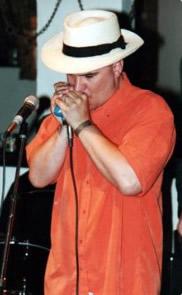Blues Harp From Scratch (ISBN 0-7119-4706-6)
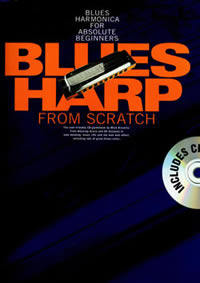 Can you recommend a good book for learning blues harp?
Can you recommend a good book for learning blues harp?
I am often asked this question and the answer is yes. One I often prescribe is Blues Harp from Scratch by Mick Kinsella, published by Wise Publications. I remember its first incarnation, Play Blues Harp In 60 Minutes, which I picked up at a Johnny Mars master class in Brighton a few years ago. It was a pocket size manual and CD which, although brief and not error free, was actually very easy to get along with. It was well structured, concise and free from inaccuracy. Of course you could never really learn blues harp in one hour, that takes years rather than minutes, however this was a great little entry guide.
The revised and extended A4 version is great. As you would expect, it introduces you to the C major scale and breathing exercises straight away, before tackling Oh Susanna and Amazing Grace in first position. With the basics familiarised, Mr Kinsella moves into cross harp using the basic, bend-free, blues scale 2D 3D 4B 4D 5D 6B with more exercises. Two lovely blues tunes follow, Easy Street and Trouble Free Blues, both of which educate the newcomer in the art of chord changes and promote technique building such as glottal stops, short runs and repeated blues licks across holes 1 and 2. The tunes can be challenging at first, but they help to build important foundation skills. (more…)

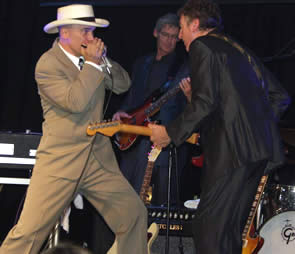
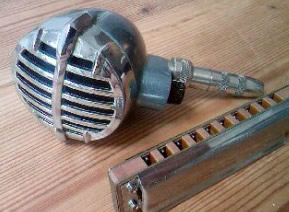
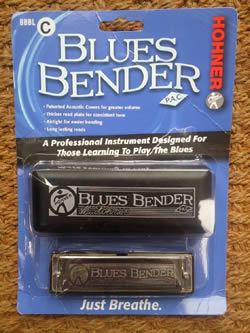
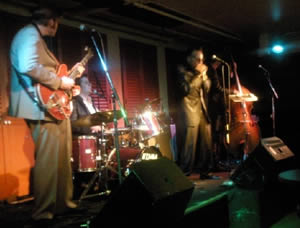 This was one of the most entertaining nights I have ever experienced at Biscuits & Blues. In fact anywhere. The Nightcats took the stage with the sole aim of knocking the audience clean off their feet. And that’s exactly what they did. I defy anyone to sample this band live and walk away not feeling utterly satisfied.
This was one of the most entertaining nights I have ever experienced at Biscuits & Blues. In fact anywhere. The Nightcats took the stage with the sole aim of knocking the audience clean off their feet. And that’s exactly what they did. I defy anyone to sample this band live and walk away not feeling utterly satisfied.